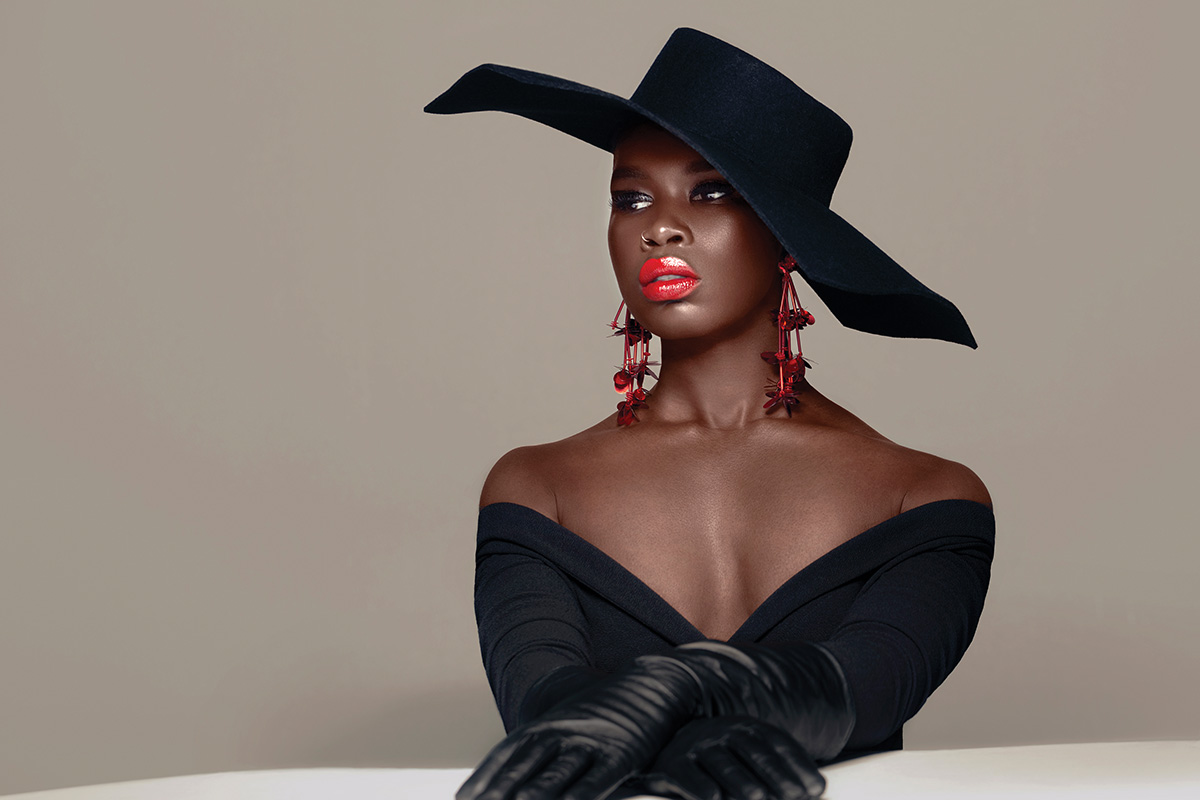
Leslie Andrews needed aesthetic inspiration in her daily life. An artist by nature with a background in visual arts, Andrews had pursued photography as a creative outlet for years while working full time in other fields. When an opportunity presented itself to transition into photography as a career, she grabbed it, moving from Minneapolis to Atlanta in 2004 and registering for classes at the Art Institute of Atlanta. She dedicated herself to the craft, developed a style, and began laying the groundwork for a business focused on Atlanta’s fashion and commercial photography industry.
Andrews had found her creative outlet and the career that came with it, but that didn’t mean things came easily. She describes years of struggle to find a foothold in the industry before ultimately achieving the enviable level of achievement she now enjoys.
“At first, I thought more like an artist than a businessperson,” says Andrews. “Everything that goes along with running a business—forecasting, estimating, prospecting—were things I had never thought about. I just assumed that if I was passionate and did good work, the business would come. That’s not true. You have to focus on the business to be successful.”
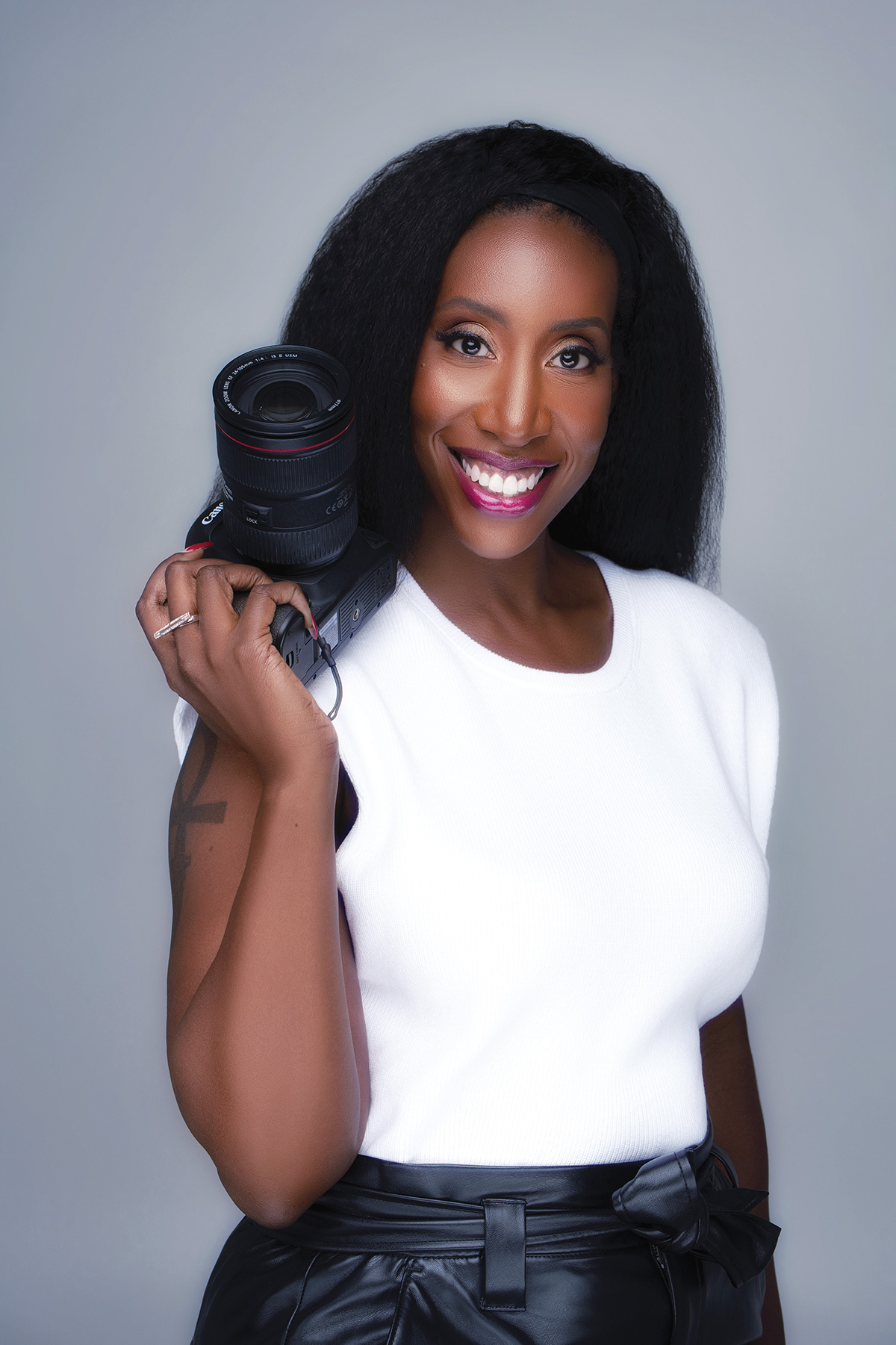
Photographer Leslie Andrews
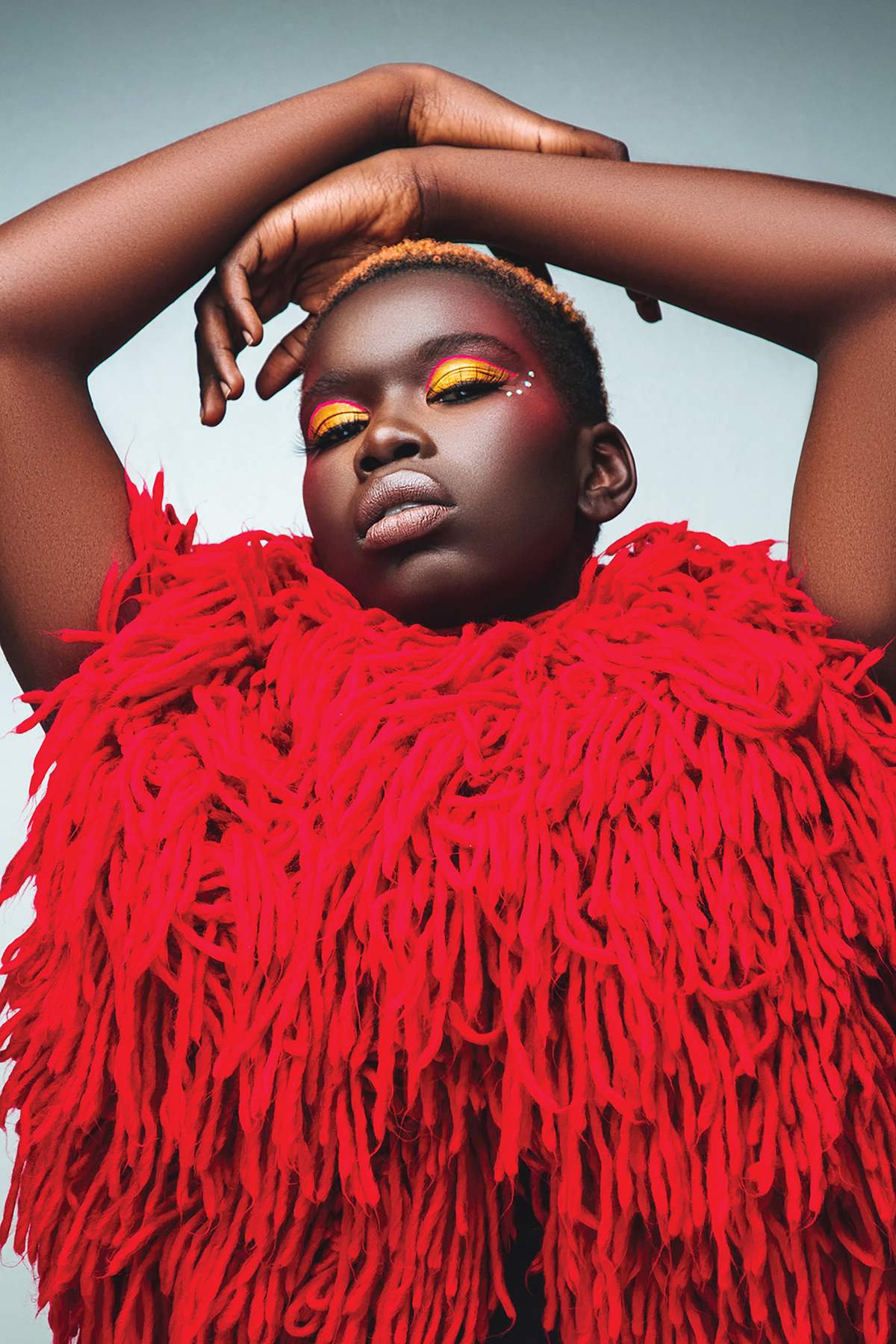
WISE INVESTMENT
Andrews dove into business education. She studied business principles, took classes, and attended seminars and conventions. Based on the lessons she learned, Andrews redesigned her business plan. She determined her annual income goal, then broke it down by month and week to provide a target revenue framework. With that framework in place, she figured out how many projects she’d need to do each week and at what price to meet her income goal. She investigated options for multiple revenue streams to make her business more versatile, including fashion photography, branding portraits, a small number of family sessions, and workshops. She also figured out how to make the numbers work to lease a studio space, which not only helped her land bigger, higher-profile jobs but also could produce ongoing passive income by renting it to other photographers when she wasn’t using it.
Crafting a sustainable business model gave Andrews the confidence to invest in herself, something that doesn’t come easily to someone who’s naturally thrifty, she notes: “I grew up with a single mom who always cut corners to make ends meet. I did the same, and in the beginning of my career, I made sacrifices but didn’t put any real money into my business. I was scared to invest in myself or my business. However, I learned that’s not the mentality of a profitable business owner. I needed to make that investment in myself—going to photography conventions, pursuing mentorships, upgrading my equipment, taking workshops. Once I started doing that, and once I got out of the mindset that my work wasn’t worth the extra investment, I got rid of the negative thoughts and self-doubt. That helped me manage the business differently, including changing my pricing and ultimately finding ways to work less but make more.”
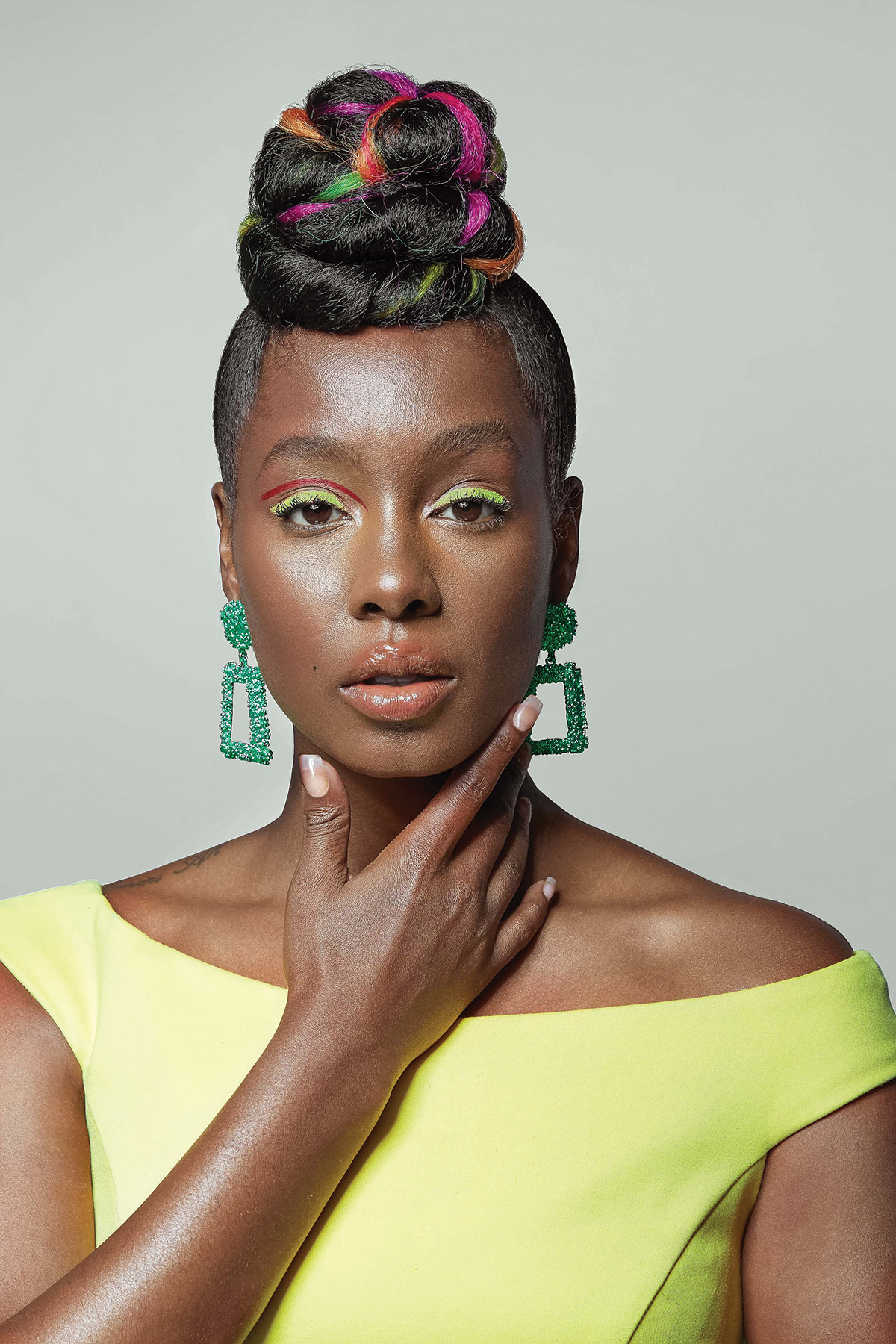
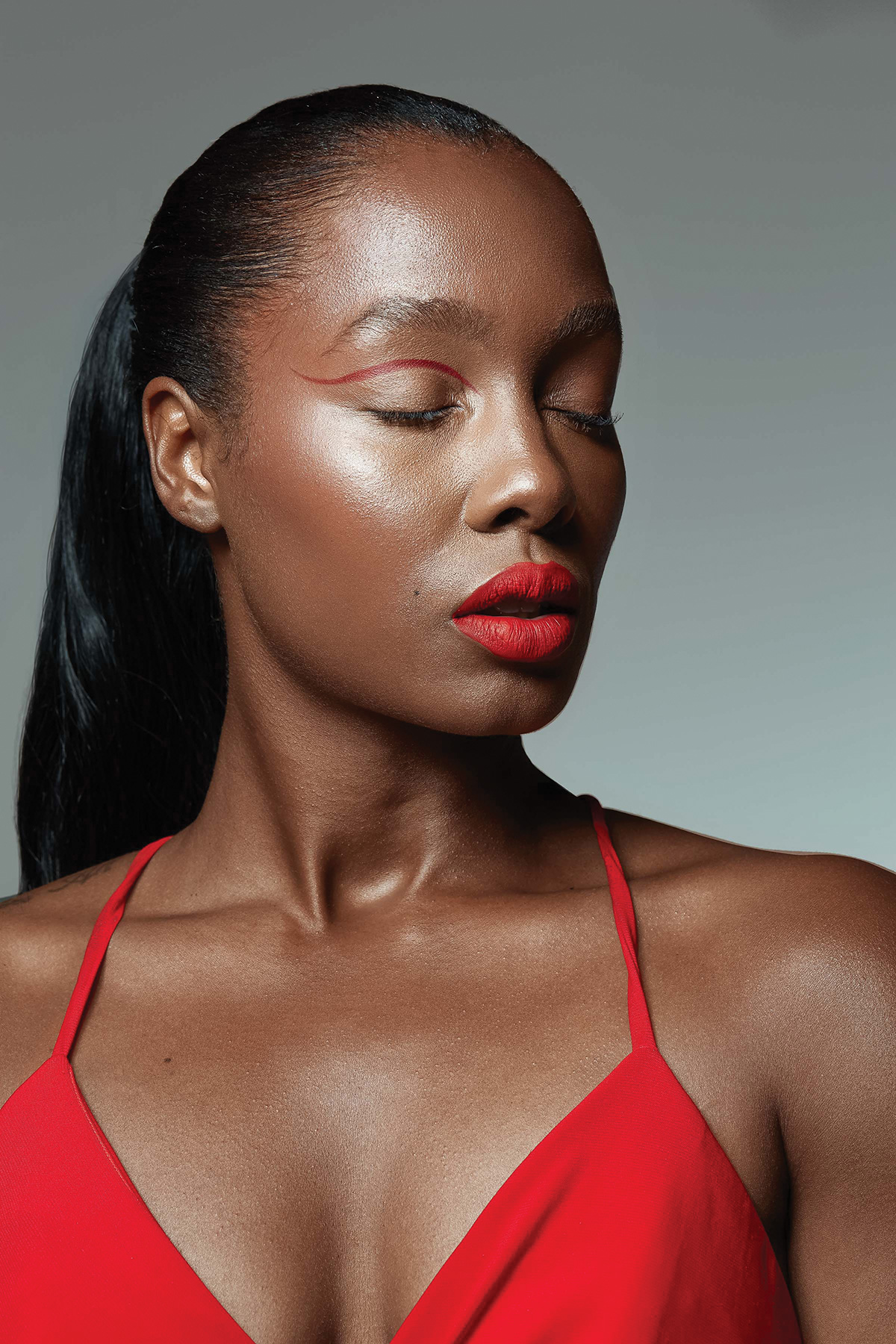
Today, about 40% of Andrews’ sessions are fashion projects, 40% are branding portraits, and 10% are family sessions that are an organic offshoot of her other work. She’s built up a healthy book of fashion business by establishing relationships with modeling agencies in Atlanta. She works with aspiring models and actors who need portfolio images as well as commercial clients on fashion shoots for publications, ads, and other licensed work.
The branding portraits are for individuals who want to promote themselves in some capacity. Clients include small business owners, corporate executives, social media influencers, and other people who want to boost their professional profile. In addition to conducting a photo session, Andrews offers a full branding consultation, which involves examining her client’s website and digital presence as well as their overall image. She then provides personal branding recommendations and applies those recommendations to the creation of their portraits. “This is all part of the experience I provide to set myself apart in this very competitive area,” says Andrews. “With some photographers, there’s almost no dialog. You come in and take some photos, and that’s it. I want to offer something extra to elevate the experience.”
DREAM CLIENTS
Amassing a loyal clientele has been an exercise in self-reflection. In the beginning, Andrews struggled to book new clients, and she ended up taking on a lot of projects that weren’t a good fit. A turning point came after she narrowed her focus and became more selective about the jobs she accepted. It may seem counterintuitive for someone trying to bring on more business, but Andrews figured that the only path to sustainable growth for her studio was to book the right kind of jobs, not just any jobs.
She determined that her ideal client mirrors herself. She looks to work with people who are in business for themselves, people who want to use photography to elevate themselves and their brand, and who understand the value that photography can provide.
“I attract that type of client by being who I am and being authentic in how I present myself and my brand story,” says Andrews. “When talking with new clients, I talk about the story they want to tell with their photos. For models and fashion clients, I talk about their goals and how the photos can help them achieve those goals. That extra step shows that I really want to help them and help them attract their dream clients as well.”
By going through this process, Andrews and her clients become aligned and can work collaboratively, which shows in the results. “We photographers are often too eager to take on new clients even when they are not a good fit,” says Andrews. “There may be jobs that you should turn down in order to focus on what you do really well. It’s a matter of knowing what is best for you, the types of work you want to do, and the people you want to work with. That’s how you start to move toward the business that you really want to run.”
Jeff Kent is the editor-at-large.

 View Gallery
View Gallery

